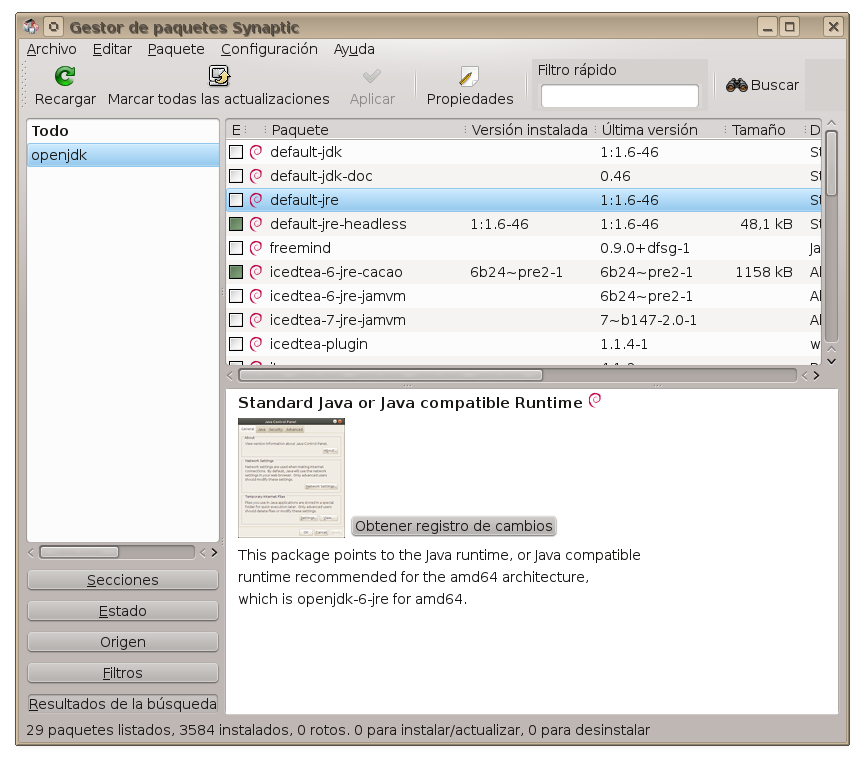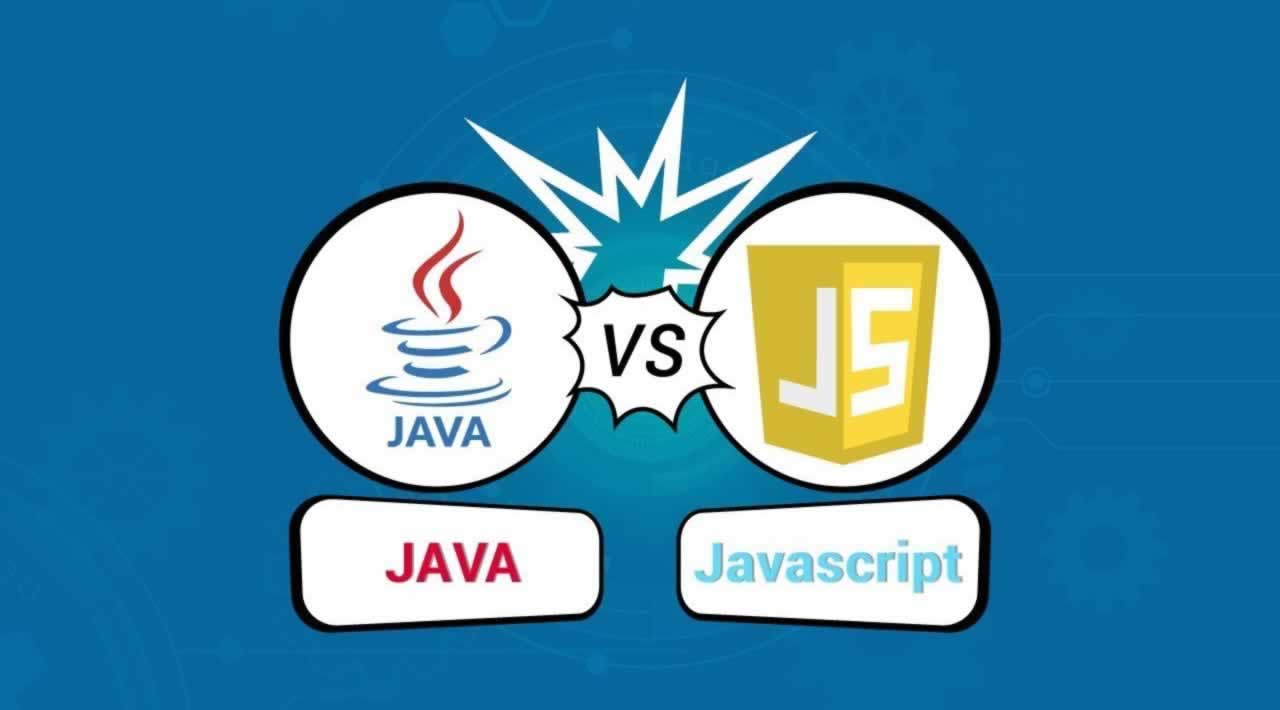

#Difference between java 9 and openjdk 1.8 code
Modularization of the JDK enables the source code to be completely restructured to make it easier to maintain. The primary goal of the Jigsaw project was to make the Java SE Platform and the JDK more easily scalable down to small computing devices.


The flagship feature of Java 9 was the Jigsaw project that introduced modularity to the monolithic Java SE ecosystem. Similarly, Java 11 is planned to replace Java 10 in September 2018. That said, Java 9 was released in 2017 with an immediate plan for being superseded by Java 10 in March 2018. That is a big shift and in our opinion, a very good response to accusations that Java is not adapting to market needs fast enough. Instead of releasing only major increments twice a decade, we’ll be getting Java updates twice a year and an LTS version every three years. Oracle has announced that after releasing Java 9, they are changing the release cycle scheme to a much faster one. We are all familiar with Java 8 and its ingenious features, but over 4 years have passed since the day of the Java 8 release, and Java has made a few more big steps forward, with which not all of us had a chance to familiarize.Īnd that’s high time to make up for it because during this time we already had Java 9 release, which had been quickly superseded by Java 10 and there is Java 11 release just around the corner, which is going to be an important release because similarly to Java 8, it will be a long-term support version.


 0 kommentar(er)
0 kommentar(er)
